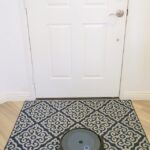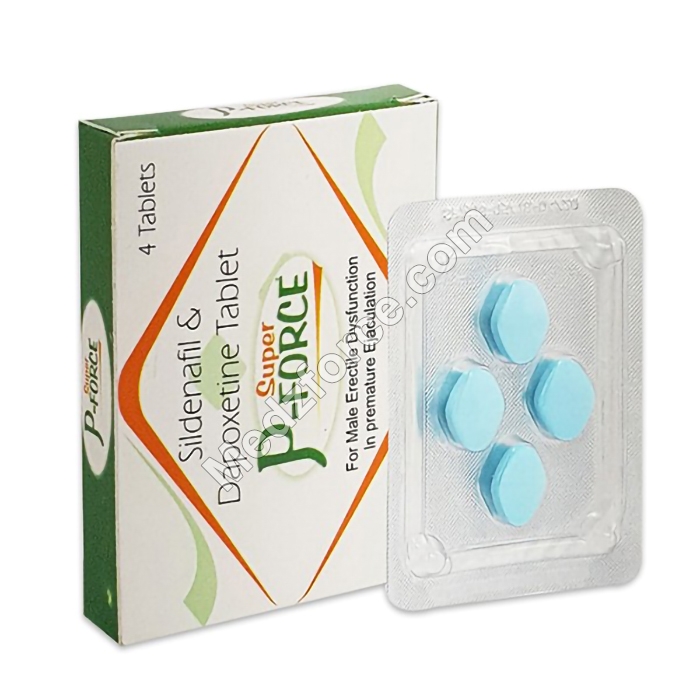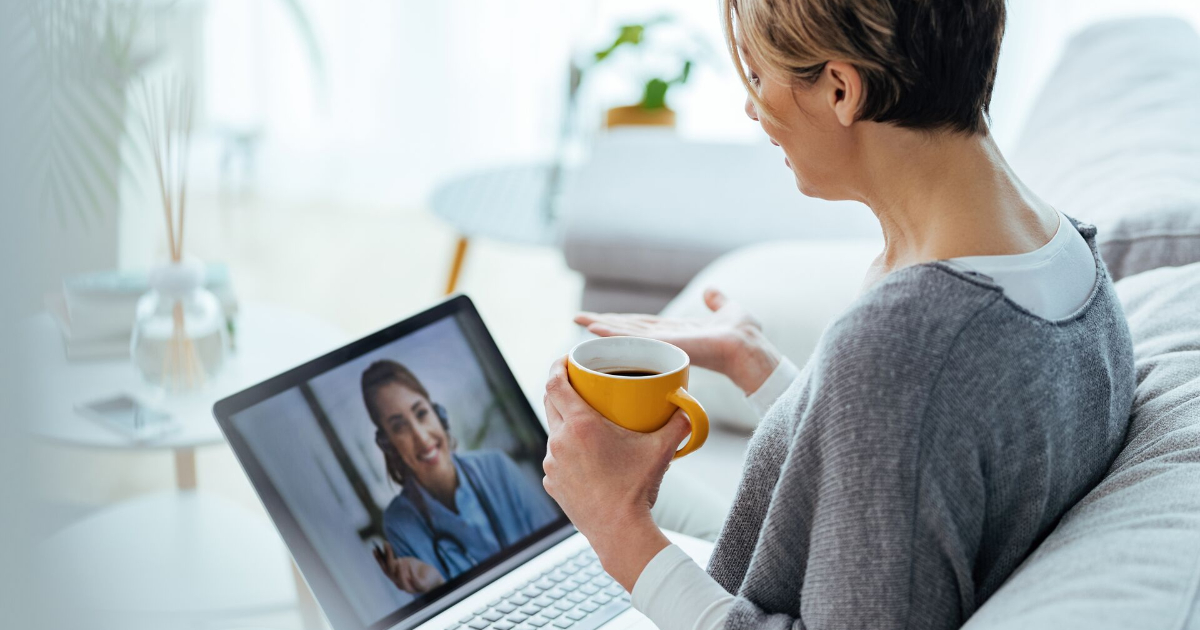Back pain is a common ailment that affects millions of people worldwide, with various causes ranging from poor posture to muscle imbalances. The discomfort and restricted mobility that often accompany back pain can significantly impact our daily lives. Fortunately, there are a variety of tools and techniques to alleviate this discomfort. One such tool is the back stretcher, a device designed to target and relieve tension in the back muscles. In this article, we’ll explore the benefits of back stretchers, how they work, and how to use them effectively to enhance your well-being.
Understanding Back Pain
Before delving into the world of back stretchers, it’s essential to understand why back pain occurs. Back pain can stem from a multitude of factors, including muscle tension, poor posture, injury, or underlying medical conditions. Stress and prolonged periods of sitting or standing can also contribute to the development of back pain. Regardless of the cause, the discomfort can be debilitating.
The human spine is an incredible structure consisting of vertebrae, discs, and muscles. When the muscles surrounding the spine become tense, they can cause discomfort and restrict movement. This is where back stretchers come into play, as they aim to target and alleviate this tension.
What is a Back Stretcher?
A back stretcher is a device designed to gently and effectively stretch the muscles of the back. These devices are typically lightweight and portable, making them convenient for use at home, in the office, or even at the gym. The primary goal of a back stretcher is to alleviate muscle tension, improve flexibility, and reduce back pain.
There are various types of back stretchers on the market, but the most common designs include:
-
Arch-Shaped Back Stretchers: These are curved devices that mimic the natural curvature of the spine. They support the back while gently stretching the muscles.
-
Foam Rollers: Foam rollers are cylindrical and can be used to massage and stretch the back muscles by rolling them along the spine.
-
Back Stretching Benches: These are larger, more structured devices that allow you to lie down and let your body weight create a gentle stretch.
Benefits of Using a Back Stretcher
Using a back stretcher offers several benefits, which include:
-
Pain Relief: Back stretchers can help alleviate back pain by relieving muscle tension and reducing pressure on the spine. This can be especially helpful for those with chronic back pain.
-
Improved Posture: Regular use of a back stretcher can promote better posture by stretching and strengthening the muscles that support the spine.
-
Enhanced Flexibility: Back stretchers can improve the flexibility of the spine and surrounding muscles, increasing your range of motion.
-
Stress Reduction: The relaxation and relief provided by a back stretcher can reduce stress and tension, helping you feel more comfortable and at ease.
How to Use a Back Stretcher
Using a back stretcher is relatively straightforward, but it’s essential to follow these guidelines for safety and effectiveness:
-
Warm-Up: It’s a good idea to warm up your muscles before using a back stretcher. Gentle stretching or a few minutes of light exercise can help prepare your back for stretching.
-
Proper Positioning: When using an arch-shaped back stretcher or foam roller, place the device on the ground and lie on it with your spine aligned with the curve. For back stretching benches, follow the manufacturer’s instructions for proper positioning.
-
Relaxation: Allow your body to relax into the stretcher. Breathe deeply and let your muscles release tension. Avoid any sudden or jerky movements.
-
Gradual Progression: Start with shorter sessions and gradually increase the duration as your flexibility and comfort levels improve. It’s essential to listen to your body and not overstretch.
-
Consistency: For the best results, use your back stretcher regularly. Consistency is key in maintaining flexibility and reducing back pain.
-
Consult a Professional: If you have chronic back pain or a medical condition, it’s advisable to consult with a healthcare professional or physical therapist before using a back stretcher to ensure it’s safe and suitable for your specific situation.
Black Face Mask: The Ultimate Skincare Trend
Skincare is a topic that never goes out of style, and with the emergence of the black face mask trend, it has taken on a whole new level of excitement. Black face masks have gained immense popularity in the beauty and skincare industry, promising to address a variety of skin concerns while providing a unique and Instagram-worthy experience. In this article, we’ll dive into the world of black face masks, exploring their benefits, how they work, and why they have become a must-try skincare trend.
What is a Black Face Mask?
A black face mask is a skincare product that typically comes in the form of a peel-off mask, a wash-off mask, or a sheet mask. The black color is achieved through the inclusion of activated charcoal, a key ingredient known for its ability to draw impurities, toxins, and excess oil from the skin. Other black face masks may also contain natural ingredients like volcanic ash or clay to enhance their purifying and detoxifying properties.
Benefits of Black Face Masks
Black face masks offer a range of benefits for the skin, making them a popular choice for skincare enthusiasts. Some of the key advantages include:
-
Deep Cleansing: The activated charcoal in black face masks helps to deep clean the pores, removing dirt, oil, and impurities that can lead to acne and breakouts.
-
Exfoliation: Many black face masks contain exfoliating ingredients that help remove dead skin cells, leaving the skin smoother and brighter.
-
Oil Control: Black face masks are excellent for those with oily or combination skin as they can help control excess oil production.
-
Acne Treatment: The purifying properties of black face masks can be beneficial for acne-prone skin by reducing the appearance of blemishes.
-
Improved Skin Texture: Regular use of black face masks can result in smoother, more refined skin texture.
-
Detoxification: These masks are great for detoxifying the skin, removing pollutants and impurities that accumulate on the skin’s surface.
How to Use a Black Face Mask
Using a black face mask is a straightforward process, but it’s important to follow these steps for the best results:
-
Cleansing: Start with clean, dry skin. Gently cleanse your face to remove any makeup, dirt, and impurities.
-
Patch Test: If you’re using a new black face mask for the first time, perform a patch test on a small area of your skin to check for any adverse reactions.
-
Application: Apply the mask evenly to your face, avoiding the eye and lip areas. Follow the specific instructions provided on the product’s packaging.
-
Drying Time: Allow the mask to dry completely, which typically takes around 15-30 minutes, depending on the product. You’ll notice the mask turning from a wet, shiny texture to a matte, dry finish.
-
Peel or Wash Off: If it’s a peel-off mask, gently peel it from the edges. If it’s a wash-off mask, rinse it off with lukewarm water. For sheet masks, follow the instructions provided.





